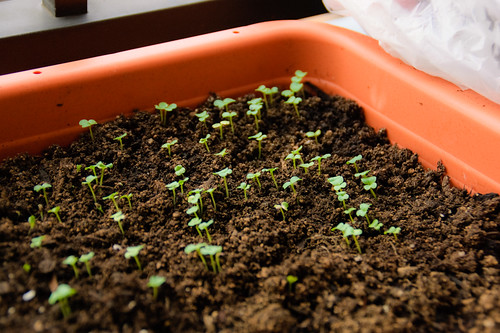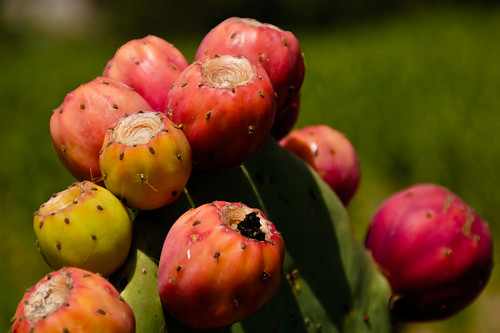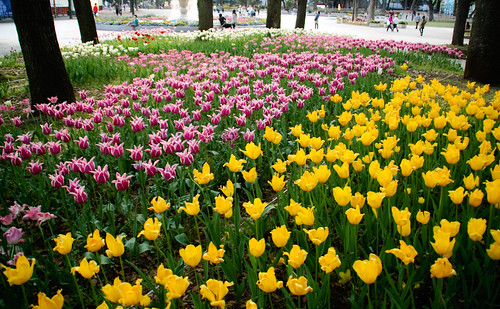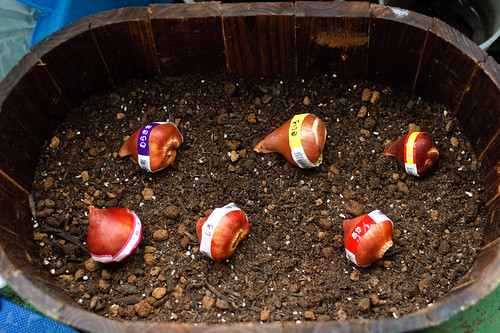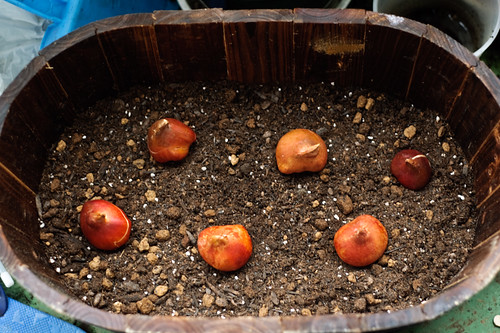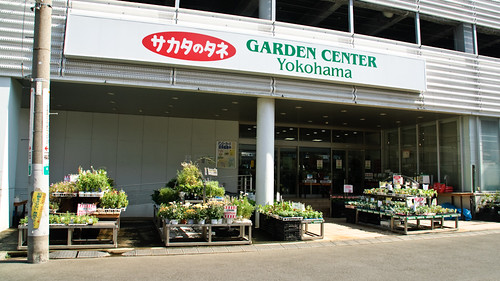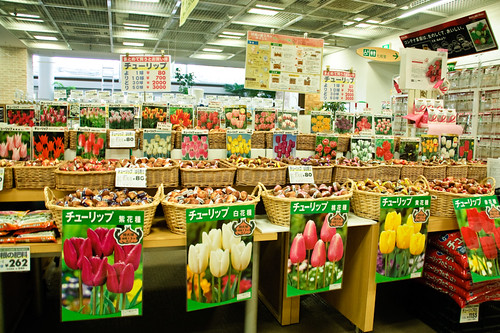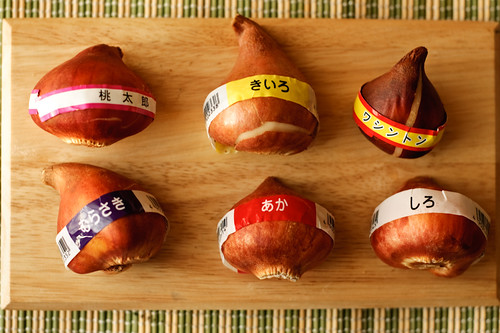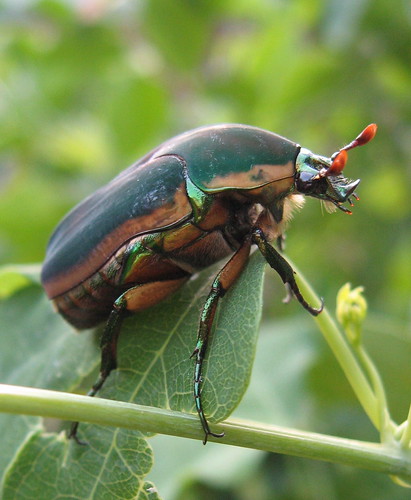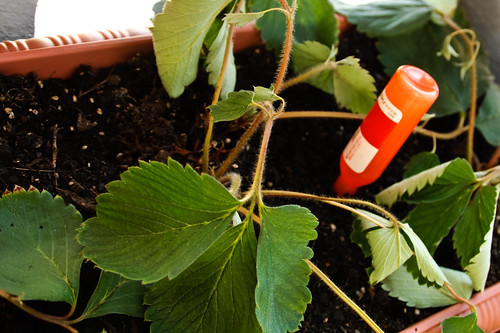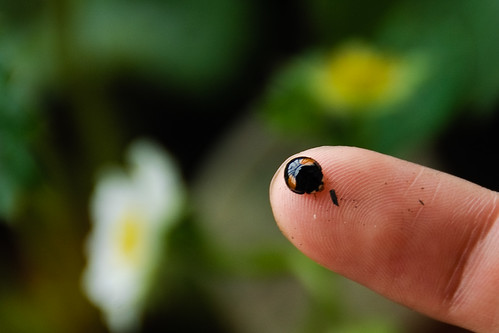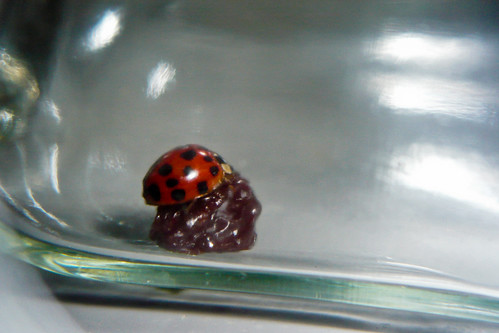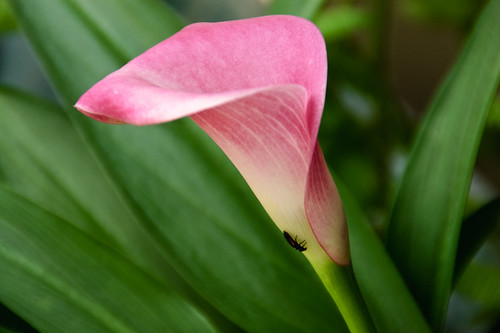Back to gardening topics, here is a quick post.
The week after leaving from Tokyo I had sown some lettuce and some komatsuna. I was wondering if it would be able to sprout since those days the weather just started to change, luckily they came out just some days before I left. Right now they continue to grow nicely.
I went a little crazy putting to many seeds on the planter, and now I have too many plants, so I will have to thin them out when I get back, but I think is better to have too many plants than less. I hope they keep on surviving these days.
The only problem is that I'm not sure how to do that, should i just pluck out some? or, is there any special method? any suggestions?
Also, I'm still trying to get around the garden here, I will probably do some work this week.
The week after leaving from Tokyo I had sown some lettuce and some komatsuna. I was wondering if it would be able to sprout since those days the weather just started to change, luckily they came out just some days before I left. Right now they continue to grow nicely.
I went a little crazy putting to many seeds on the planter, and now I have too many plants, so I will have to thin them out when I get back, but I think is better to have too many plants than less. I hope they keep on surviving these days.
The only problem is that I'm not sure how to do that, should i just pluck out some? or, is there any special method? any suggestions?
Also, I'm still trying to get around the garden here, I will probably do some work this week.

